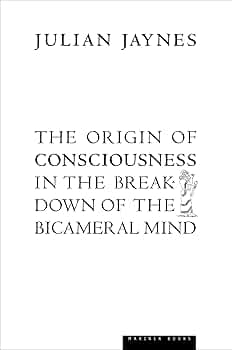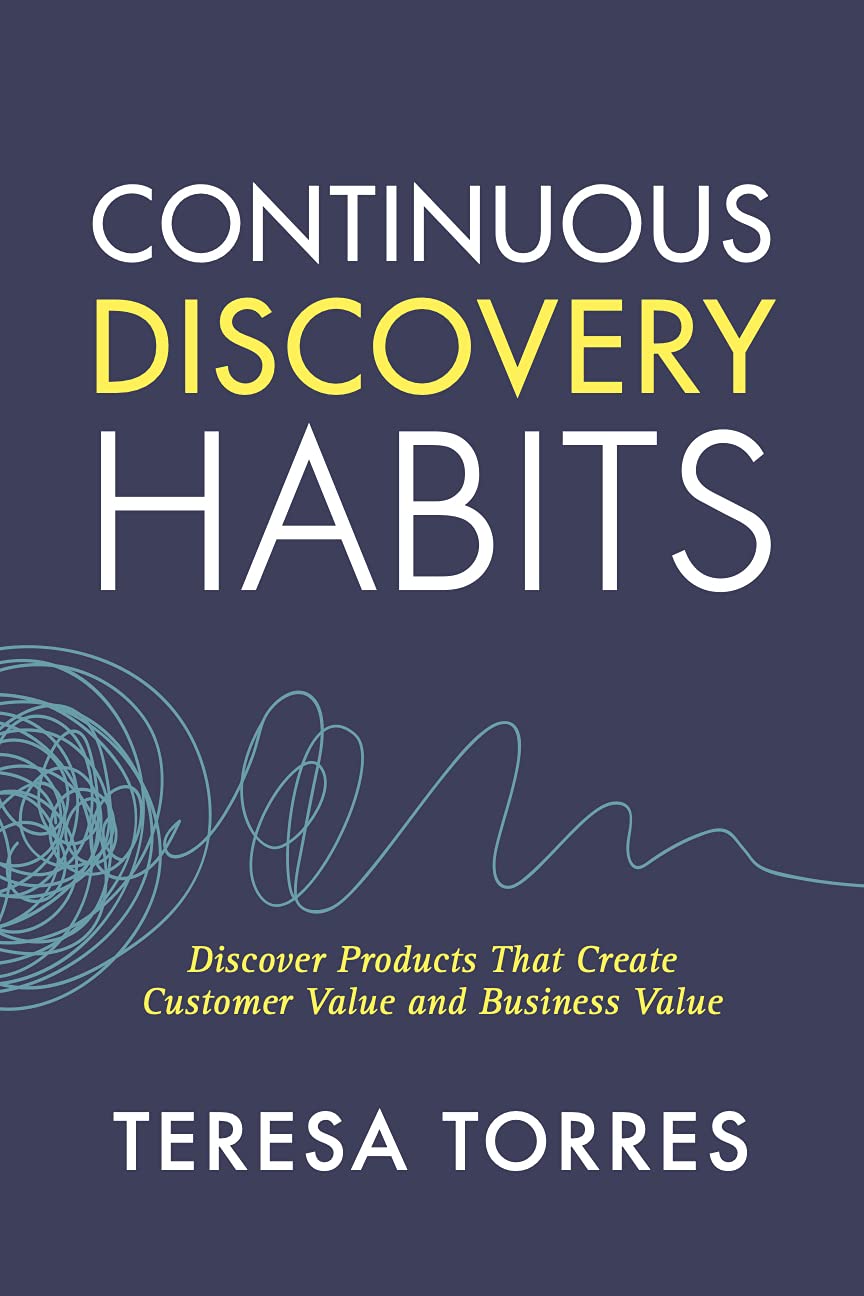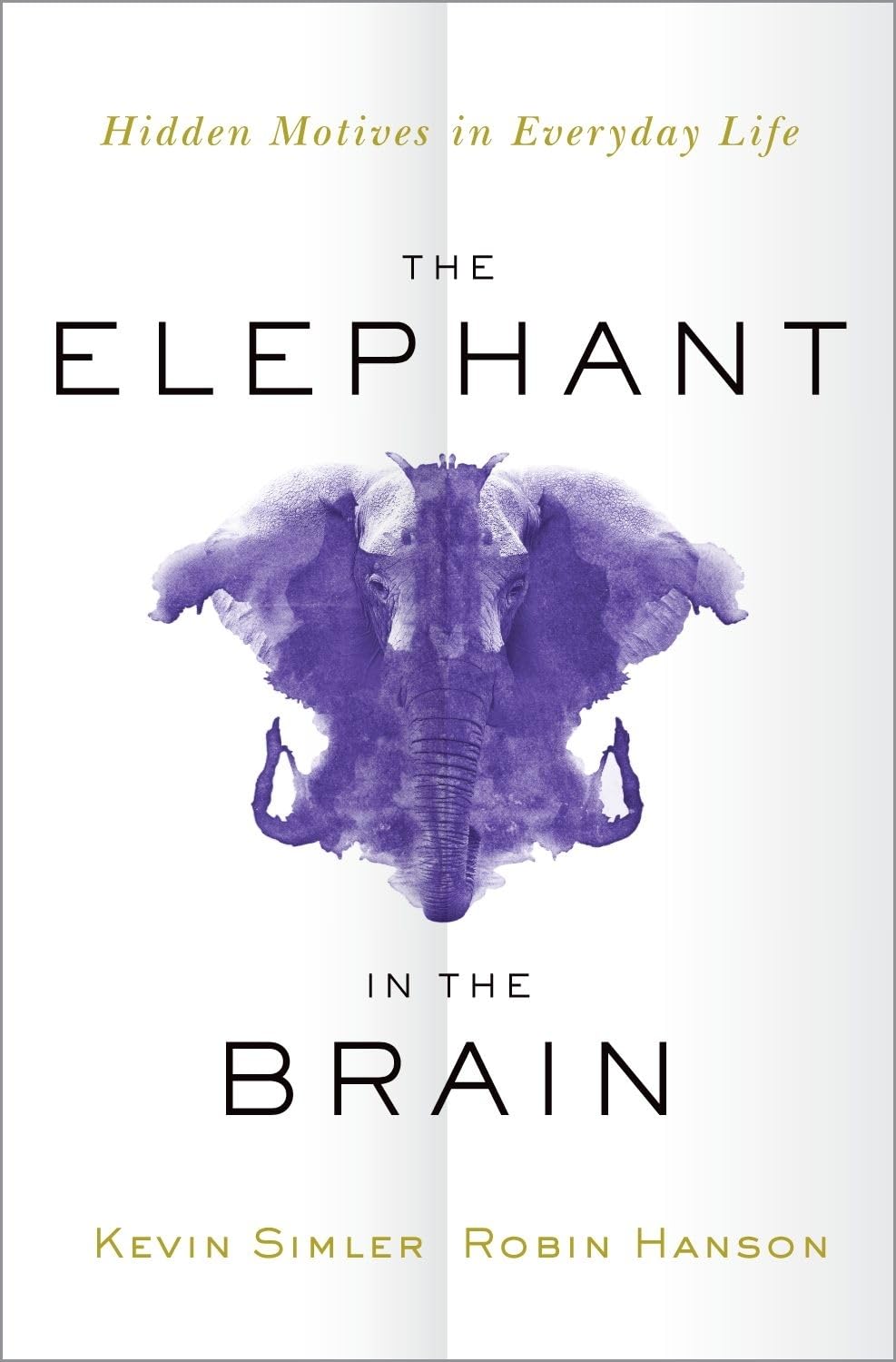Atomic Habits
The best way to understand habits is to view them as compound interest for your behavior. Just as Warren Buffett’s wealth grew exponentially through decades of compounding returns, our daily actions compound into the person we become. James Clear articulates this in Atomic Habits, drawing parallels between financial compounding and behavioral compounding.
I’ve been learning about this compounding nature of habits ever since I noticed my own writing practice evolving. When I first started blogging, each essay felt like pulling teeth. But with consistent daily writing, even just 30 minutes each morning, the words began to flow more naturally. The practice compounded. What started as painful became pleasurable.
Clear frames this transformation through the lens of identity. Rather than focusing on outcome-based goals like “I want to write a book,” he advocates for identity-based habits: “I am a writer.” This subtle shift resonates deeply with my own journey. Instead of viewing my daily writing as a checkbox to tick, I began seeing it as an expression of who I am. The writing wasn’t something I had to do, but rather something that emerged naturally from my identity.
But identity alone isn’t enough. Clear introduces what he calls the “Four Laws of Behavior Change” - make it obvious, make it attractive, make it easy, and make it satisfying. Think of these as the fundamental forces of habit formation, like gravity or magnetism in physics. Just as understanding physical laws helps engineers build bridges, understanding these behavioral laws helps us architect better habits.
I see parallels here with the design patterns I encounter in product management. Just as we create user interfaces that make desired actions obvious and friction-free, we can design our environment to make good habits the path of least resistance. It’s why I keep a notebook by my bedside for morning pages, why I disabled social media notifications, why I track my habits in Roam Research.
My favourite insight from Clear’s work isn’t about habits at all - it’s about systems. As he puts it, “You do not rise to the level of your goals. You fall to the level of your systems.” This resonates with my experience building products. The best product managers don’t just set ambitious targets; they build robust systems that make success almost inevitable.
I’ve noticed this in my own life too. When I committed to learning Ruby on Rails in 2024, setting a goal wasn’t enough. I needed a system - daily practice sessions, coding challenges, project deadlines. The system, not the goal, determined my success.
Clear’s work feels particularly relevant in our current era of constant distraction and instant gratification. In a world optimized for engagement rather than intentionality, designing good habits becomes an act of resistance. It’s about creating personal systems that align with our long-term interests rather than short-term dopamine hits.
The beauty of atomic habits lies in their smallness. Just as atoms combine to form molecules, which in turn form everything in our physical world, tiny habits compound to create the architecture of our lives. It’s not about radical transformation but about modest, consistent improvement - 1% better each day.
This perspective has changed how I approach change in my life. Instead of seeking dramatic overhauls, I look for atomic improvements.


